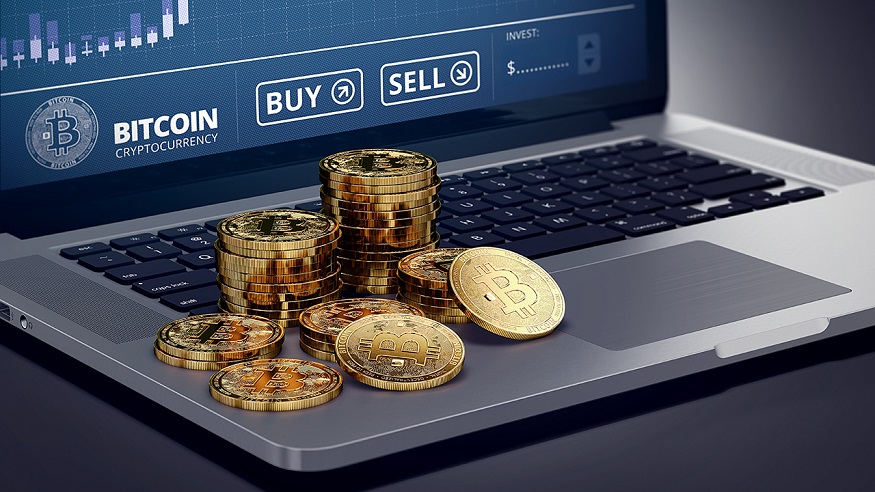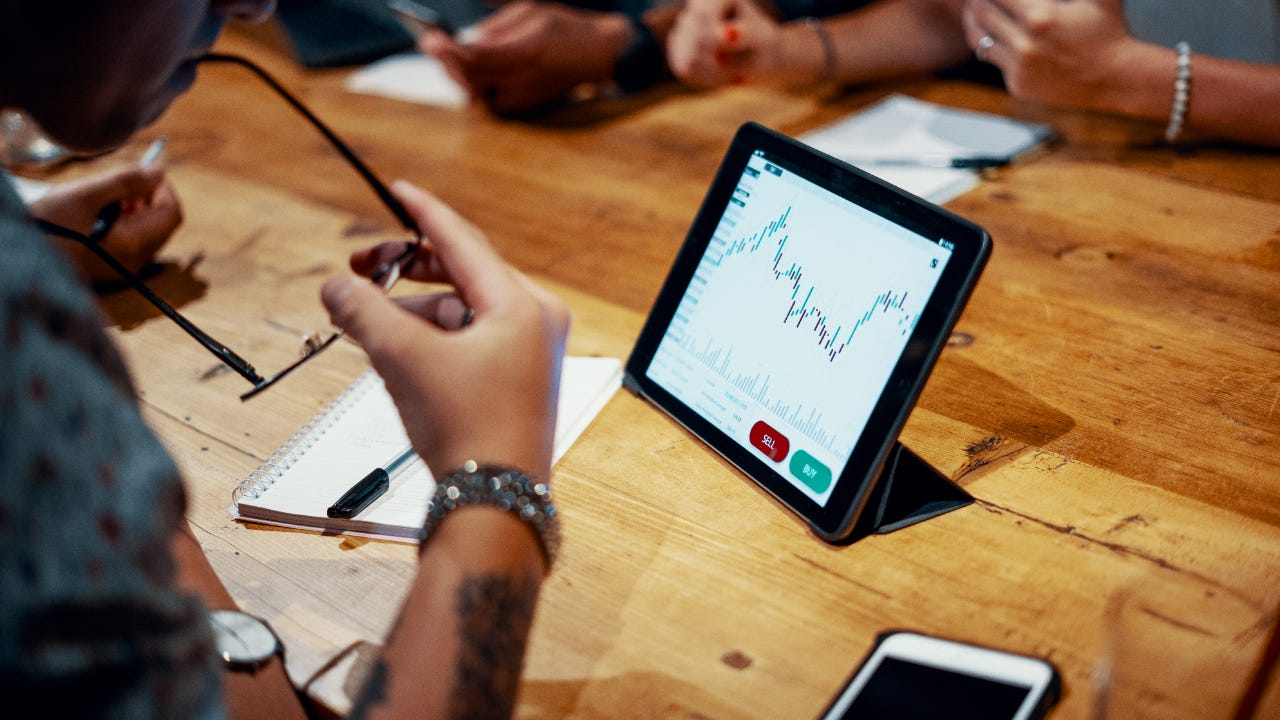You can trade cryptocurrency 24/7, as the market operates non-stop. There are no restrictions on how often you can buy/sell.
Cryptocurrency trading offers investors the opportunity to transact at any time of the day or night due to its decentralized nature. With the ability to trade 24/7, traders can take advantage of market opportunities around the clock. However, it is important to remember that the cryptocurrency market is highly volatile and can experience sudden price fluctuations.
Therefore, it is crucial for traders to stay informed and implement risk management strategies to navigate the market effectively. We will explore the frequency at which cryptocurrency trading can be conducted and the factors to consider when engaging in this type of trading activity.
Factors To Consider
Market Volatility: Cryptocurrency trading frequency depends on market volatility. High volatility may offer more trading opportunities, whereas low volatility may limit trading windows.
Liquidity: Consider liquidity before deciding on trading frequency. Highly liquid markets allow for more frequent trades, while less liquid markets may require longer holding periods.
Your Trading Strategy: Your trading strategy plays a crucial role in determining how often you can trade cryptocurrency. Scalpers may trade more frequently, while long-term investors may have less frequent trades.

Timeframes For Trading
Intraday Trading: Intraday trading involves buying and selling crypto within the same day.
Swing Trading: Swing trading refers to holding onto assets for a few days to weeks.
Long-term Investing: Long-term investing in cryptocurrency entails holding assets for months or years.
Intraday Trading
Intraday trading involves buying and selling cryptocurrencies within the same day. Traders make multiple trades each day to take advantage of small price fluctuations. This type of trading requires close monitoring of the market and fast decision-making.
By trading frequently, traders can potentially generate higher profits due to the volume of trades. However, intraday trading also comes with higher risks as the market can be volatile. Traders need to have a clear strategy and risk management plan in place to minimize potential losses. It is important to understand the frequency of trades that suits your trading style and risk tolerance to be successful in intraday trading.
Swing Trading
Swing trading involves holding positions for longer than a single day. It aims to capture short to medium-term gains using technical analysis. The holding period typically ranges from a few days to several weeks. Traders seek to capitalize on price swings within a market trend. With swing trading, the timing of trades is crucial. Analyzing charts and identifying entry and exit points is essential. Hence, it’s essential to have a clear understanding of market patterns and indicators. This approach allows traders to potentially profit from both upward and downward price movements in the market.
Long-term Investing
Definition: Long-term investing involves buying and holding assets for an extended period, typically years or decades. It focuses on investment sustainability and growth.
Holding Period: The duration of a long-term investment is subjective, but it is generally considered to be five years or more. Longer holding periods are often associated with less volatility and greater potential for compounding returns.
Value Investing: One popular long-term investment strategy is value investing. It involves analyzing companies to identify those that are undervalued in the market. By investing in these companies, potential gains can be realized as the market corrects the undervaluation over time.
Common Trading Mistakes
Common trading mistakes can often lead to unfavorable outcomes in cryptocurrency trading. Overtrading, a common error, occurs when a trader conducts too many trades within a short period, often driven by emotions or the urge to make quick profits. This frequent trading can result in increased transaction costs and potential losses due to impulsive and reactionary decision-making. Another mistake is ignoring fundamental analysis.
Traders who solely rely on technical indicators without considering the underlying fundamentals of a cryptocurrency may make poor investment choices. Additionally, chasing FOMO (fear of missing out) can be detrimental. FOMO-driven trading occurs when individuals make impulsive trades based on market hype or the fear of missing out on potential gains. Such trades can be irrational and lead to losses. It is essential for traders to be aware of these common pitfalls and develop disciplined trading strategies to enhance their chances of success in the cryptocurrency market.
Regulations And Restrictions
The government regulates cryptocurrency trading through various laws and policies to ensure compliance and prevent fraud. Different countries and regions have different regulations regarding cryptocurrency trading, so it’s important to understand the rules in your area.
Cryptocurrency exchanges may have limitations on the frequency of trading to prevent market manipulation and protect investors. These limitations can vary based on the platform and the type of account you have.
Many exchanges require account verification to comply with anti-money laundering regulations and know your customer requirements. This process may impact the frequency of trading allowed on the platform.

Trading Tips
Set Trading Goals: Determine your objectives before starting to trade cryptocurrency. Whether it’s short-term profits or long-term investments, a clear plan is essential.
Risk Management: Always consider the potential risks involved in cryptocurrency trading. Use stop-loss orders and diversify your investments to minimize losses.
Keep Up with News and Trends: Stay informed about the latest developments in the cryptocurrency market. Follow industry news and trends to make informed trading decisions.
Frequently Asked Questions Of How Often Can You Trade Cryptocurrency
How Often Can You Trade Cryptocurrency?
Cryptocurrency can be traded 24/7 as the market operates globally without any centralized exchange. However, the frequency of trades depends on your trading strategy, market conditions, and personal preferences. Some traders prefer frequent trades, while others focus on long-term investments.
It’s important to research, stay updated, and have a solid trading plan in place.
Is There A Limit To The Number Of Cryptocurrency Trades I Can Make?
There is no specific limit to the number of cryptocurrency trades you can make. However, it’s important to keep in mind that each trade may come with transaction fees, which can add up if you engage in excessive trading. It’s advisable to carefully consider your trading strategy and only make trades that align with your financial goals.
Can I Trade Cryptocurrency Every Day?
Yes, you can trade cryptocurrency every day if you choose to do so. However, daily trading requires careful analysis, knowledge of market trends, and a clear understanding of your risk tolerance. It’s essential to set realistic goals, manage your emotions, and be disciplined in your trading approach to maximize your chances of success.
How Does Trading Volume Affect Cryptocurrency Trades?
Trading volume affects cryptocurrency trades in various ways. Higher trading volume typically indicates more liquidity, tighter spreads, and better price discovery. It also allows for easier execution of trades without significant price slippage. However, high trading volume can also lead to increased market volatility, so it’s crucial to monitor volume fluctuations before making any trading decisions.
Conclusion
The frequency of cryptocurrency trading should align with your investment goals. It’s essential to stay updated on market trends, regulations, and potential risks. By strategizing and staying informed, you can trade cryptocurrency effectively and responsibly. Always remember to consider the potential impact on your financial portfolio.
Happy trading!

